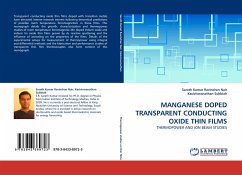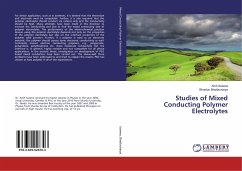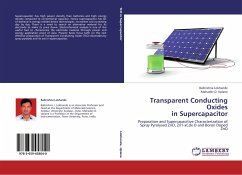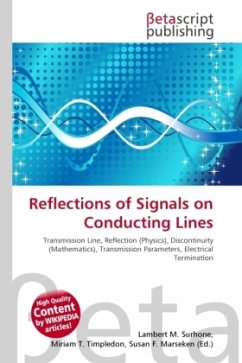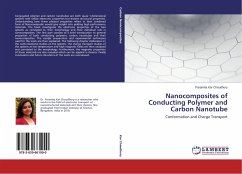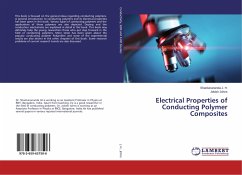Near-field microwave microscopy has been used as a non-destructive tool for current distribution mapping in high-Tc superconductors and other conducting films at room temperature. The focused microwave emitted from the tip of a near-field scanning microwave microprobe is absorbed in the thin film in a small spot of size approximately same as the size of the probe tip. The heat will spread into the adjacent regions in the thin film sample through thermal diffusion. The temperature rise due to local heating will lead to the change in the local resistivity of the sample which results in a voltage response depending on the local current density and the input microwave power. The map of voltage response acquired while the microwave probe scans the film surface can provide information about the surface morphology and the non-uniformity of the electromagnetic properties of the film. Hence in order to understand the absorption of microwave radiation in conducting thin films, a theoretical model based on heat diffusion is developed in this book to determine how the different parameters affect the temperature rise and heat diffusion.
Bitte wählen Sie Ihr Anliegen aus.
Rechnungen
Retourenschein anfordern
Bestellstatus
Storno


